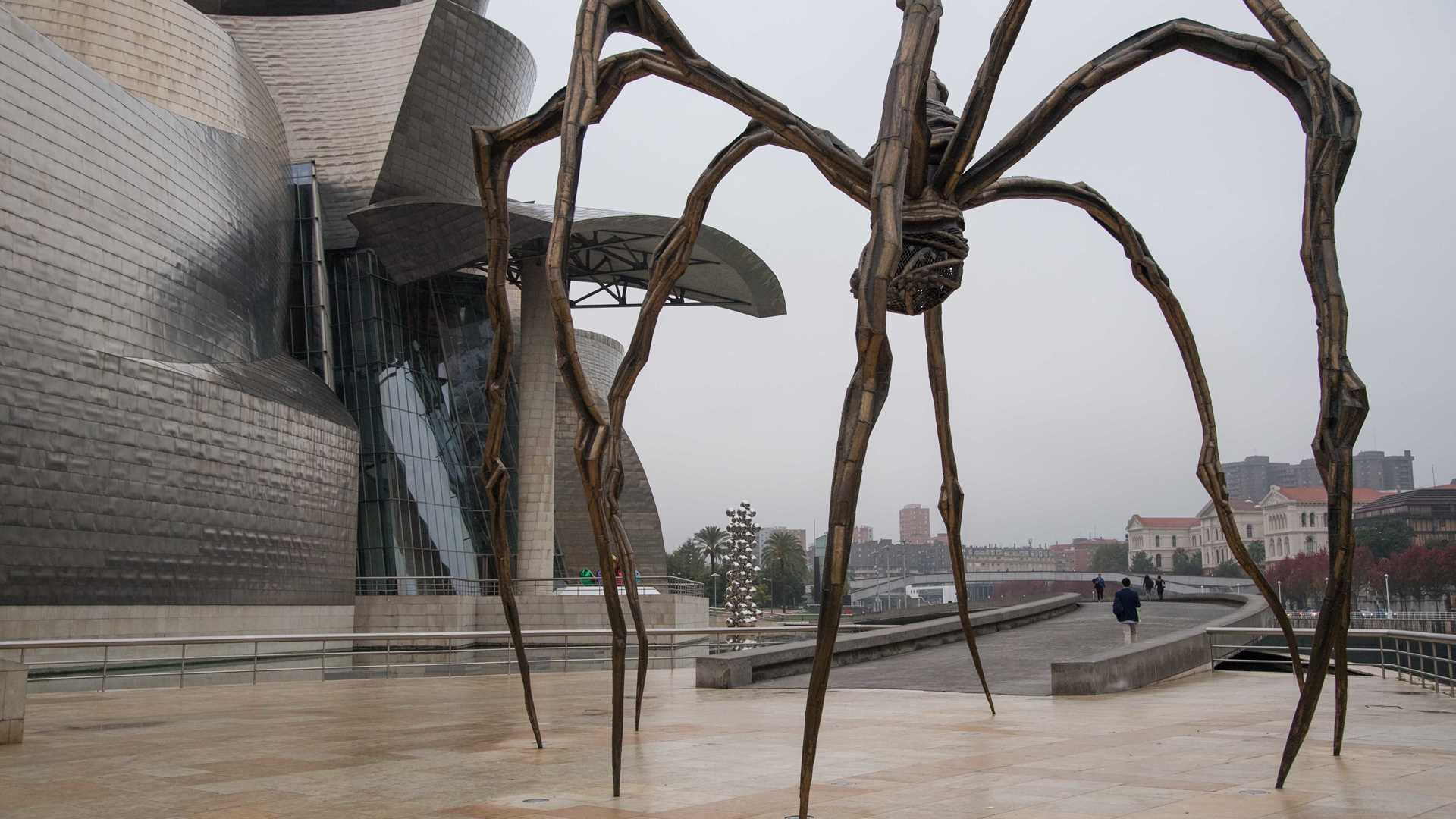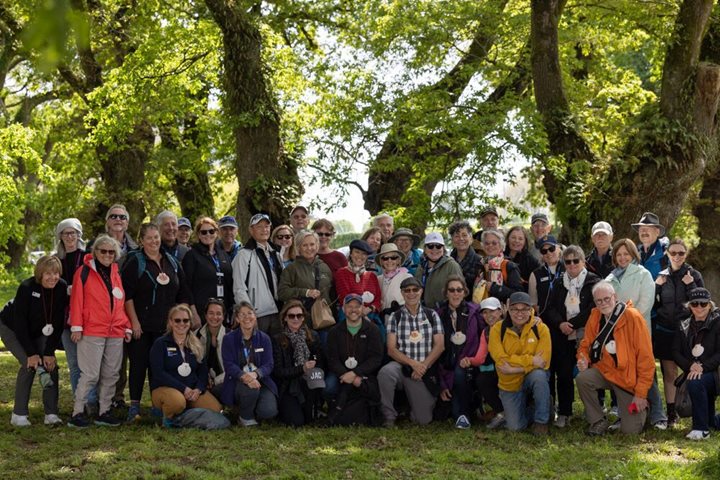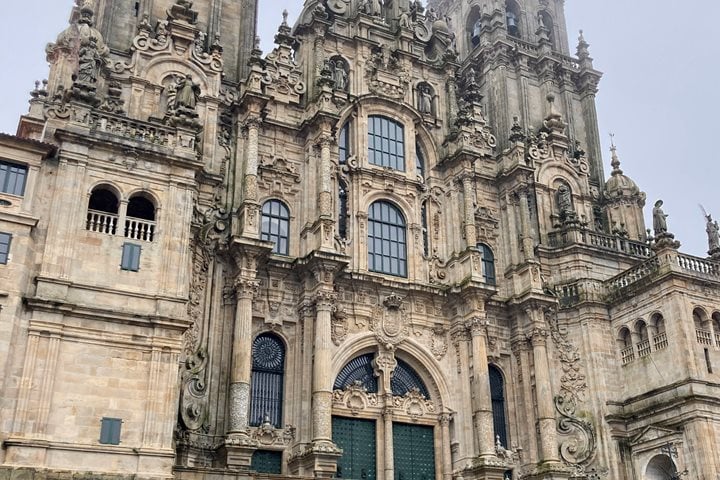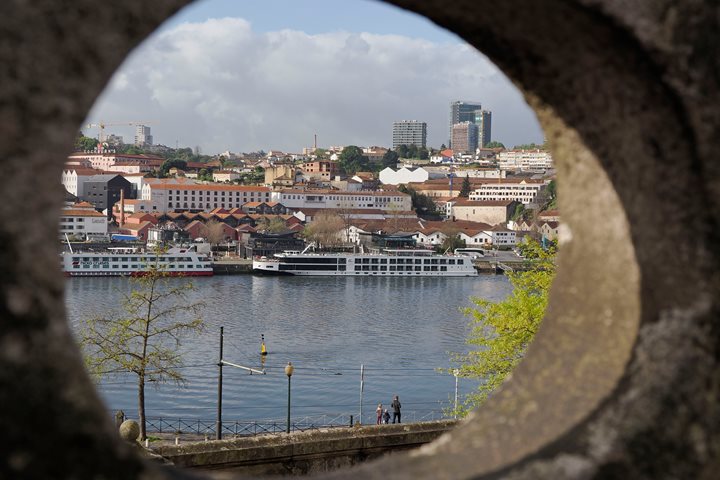As the National Geographic Orion entered the Port of Bilbao, a mysterious foggy and dark morning remembered the old decaying and polluted industrial city that it was in late 20th century. The old British freight docks and steel factories, having begun to tap into its immense iron deposits in the 19th century and then quickly becoming the shipbuilding center for over half of the entire Spanish merchant fleet, were closed down in the post-Franco economic restructuring. It gave an opportunity to start thinking on a new modern city, and therefore, a long process of urban renewal and reinvention was planned to present the city and the Basques as a modern people of vision and taste, with an eye to the future.
The impressive Guggenheim Museum of Contemporary Art, designed by the Californian architect Frank Gehry and opened in 1997, started this ambitious process marking an important turning point of the history of Bilbao. The museum, built in titanium, steel, and limestone alongside the Nervion River that runs through the city to the Atlantic Ocean, is one of the most admired works of contemporary architecture in the world and it was a huge success in gaining international recognition. That was called “the Bilbao Effect”, which is essentially the attention that something grandiose and entirely different brings to a location.
The transformation of the city from a grimy, economically stagnant backwater into a scintillating modern city of culture is one of the new millennium’s most heartening urban success stories. Nowadays, Bilbao is the beating heart of the economical activities in the Basque Country, as well as the region’s largest and most cosmopolitan city.









